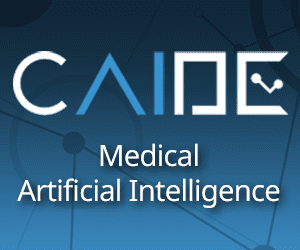Big Data analytics has the potential to transform the energy sector by providing insights into energy consumption patterns, optimizing energy production and distribution, and enabling the development of sustainable solutions. Here are some ways that Big Data can be harnessed for sustainable solutions in the energy sector:
Smart Grids: Big Data analytics can be used to optimize energy production and distribution by analyzing data from smart grid sensors. This data can be used to identify patterns in energy usage, predict energy demand, and optimize the distribution of energy resources.
Energy Efficiency: Big Data analytics can be used to identify areas where energy efficiency can be improved. By analyzing energy consumption patterns, companies can identify inefficiencies and take steps to reduce energy waste.
Renewable Energy: Big Data analytics can be used to optimize the production of renewable energy by analyzing weather patterns and other data to predict energy output from wind and solar sources. This data can be used to maximize energy production and minimize waste.
Energy Storage: Big Data analytics can be used to optimize energy storage solutions by analyzing energy consumption patterns and predicting energy demand. This data can be used to ensure that energy storage solutions are available when needed, reducing the need for additional energy production.
Electric Vehicles: Big Data analytics can be used to optimize the use of electric vehicles by analyzing data on energy consumption patterns and predicting charging needs. This data can be used to ensure that charging stations are available when needed, reducing the need for additional energy production.
Carbon Emissions: Big Data analytics can be used to monitor carbon emissions and identify areas where emissions can be reduced. By analyzing data on energy consumption and production, companies can identify opportunities to reduce emissions and develop sustainable solutions.
In summary, Big Data analytics can be harnessed for sustainable solutions in the energy sector by optimizing energy production and distribution, identifying areas for energy efficiency improvements, maximizing renewable energy production, optimizing energy storage, optimizing the use of electric vehicles, and monitoring carbon emissions. By leveraging the power of Big Data analytics, companies can develop sustainable solutions that reduce energy waste, improve efficiency, and help to protect the environment.








